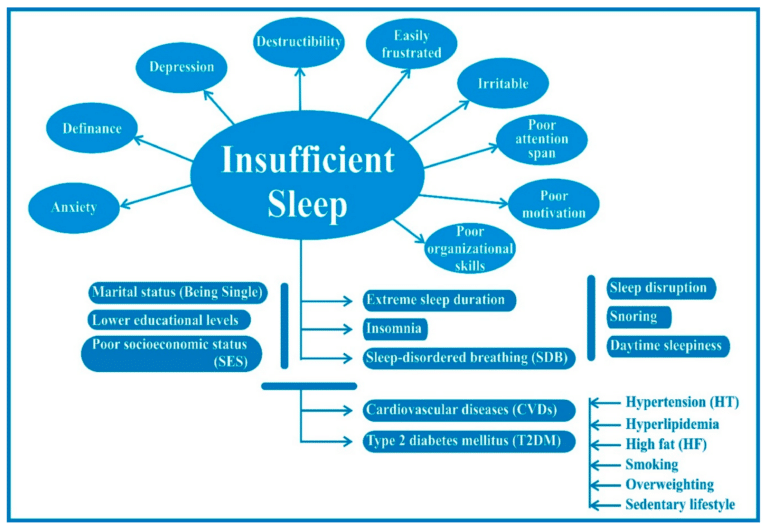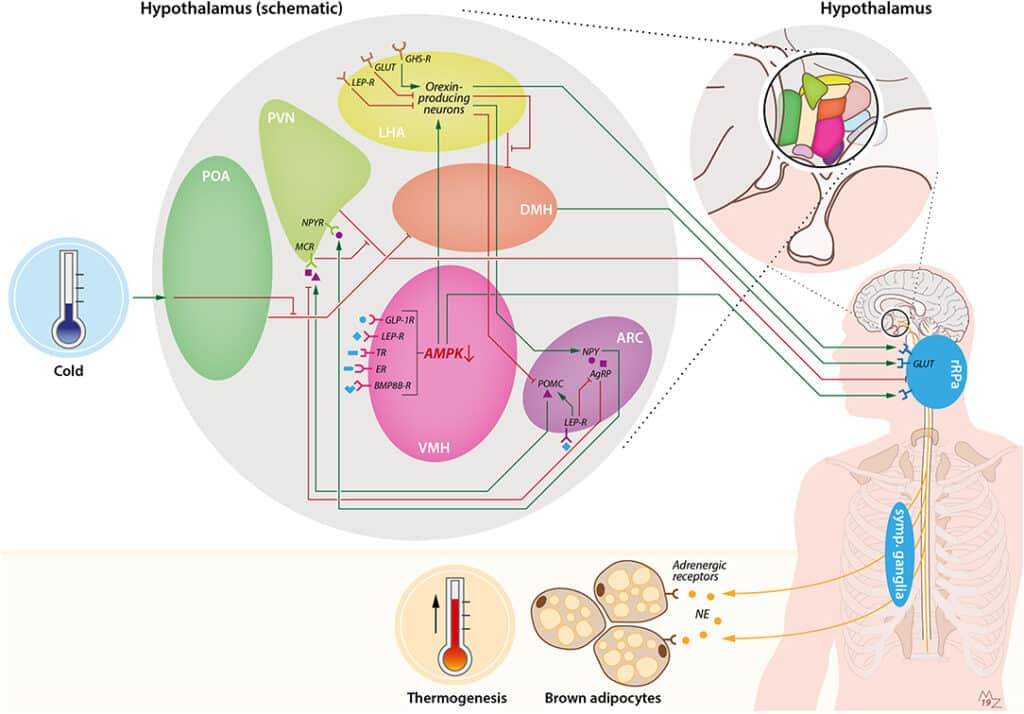Sleep is an essential part of human life, playing a critical role in physical health, mental well-being, and overall quality of life. However, for individuals with narcolepsy, achieving restorative sleep can be a constant challenge. Narcolepsy, often abbreviated as ND, is a chronic neurological disorder that disrupts the brain’s ability to regulate sleep-wake cycles. This condition can lead to overwhelming daytime drowsiness, sudden episodes of sleep, and other symptoms that significantly impact daily life. In this article, we will explore the intricacies of narcolepsy, its causes, symptoms, effects on daily living, and available treatment options.

What Is Narcolepsy?
Narcolepsy is a rare but serious sleep disorder characterized by excessive daytime sleepiness and uncontrollable episodes of falling asleep during the day. Unlike typical fatigue or tiredness, the sleep attacks experienced by individuals with narcolepsy occur suddenly and without warning, regardless of the situation or environment. These episodes can last from a few seconds to several minutes and may happen multiple times throughout the day.
The disorder affects approximately one in every two thousand people worldwide, though many cases remain undiagnosed due to a lack of awareness and understanding. It often begins in childhood or adolescence, making early recognition and intervention crucial for managing its long-term effects.
Types of Narcolepsy
There are two primary types of narcolepsy, each with distinct characteristics:
- Type One Narcolepsy: This form is associated with cataplexy, a sudden loss of muscle tone triggered by strong emotions such as laughter, surprise, or anger. Cataplexy can range from mild muscle weakness to complete physical collapse, although consciousness is maintained throughout the episode.
- Type Two Narcolepsy: This type does not involve cataplexy but still includes excessive daytime sleepiness and disrupted nighttime sleep. Individuals with Type Two Narcolepsy typically experience fewer symptoms compared to those with Type One.
In addition to these two main categories, there is also a condition known as secondary narcolepsy, which occurs as a result of brain injuries, tumors, or other neurological disorders.
Causes and Risk Factors
The exact cause of narcolepsy remains unclear, but researchers believe it involves a combination of genetic, environmental, and autoimmune factors. One of the key contributors to the development of narcolepsy is a deficiency of a neurotransmitter called hypocretin, also known as orexin. Hypocretin plays a vital role in regulating wakefulness and REM sleep, and its absence or reduced levels are strongly linked to the onset of narcolepsy.
Several risk factors may increase the likelihood of developing narcolepsy:
- Genetics: While narcolepsy is not directly inherited, certain genetic markers, particularly variations in the HLA-DQB1 gene, have been associated with an increased risk of the disorder.
- Autoimmune Disorders: Some studies suggest that narcolepsy may result from an autoimmune response where the body’s immune system mistakenly attacks and destroys hypocretin-producing neurons in the brain.
- Infections and Trauma: Certain infections, such as streptococcus or the H1N1 influenza virus, as well as head injuries, have been linked to the onset of narcolepsy in some individuals.
Symptoms of Narcolepsy
The symptoms of narcolepsy can vary widely among individuals, but they generally fall into four main categories:
Excessive Daytime Sleepiness
This is the most common and persistent symptom of narcolepsy. Individuals with the condition often feel an overwhelming urge to sleep during the day, even after getting adequate rest at night. This drowsiness can interfere with work, school, and social activities, making it difficult to maintain focus and productivity.
Cataplexy
Cataplexy is a hallmark feature of Type One Narcolepsy. It manifests as sudden, temporary episodes of muscle weakness or paralysis triggered by emotional stimuli. For example, a person might experience drooping eyelids, slurred speech, or buckling knees while laughing or feeling excited. In severe cases, cataplexy can cause full-body collapses, leaving the individual unable to move for a brief period.
Hallucinations
Many individuals with narcolepsy report experiencing vivid and often frightening hallucinations as they fall asleep or wake up. These hallucinations, known as hypnagogic (occurring while falling asleep) or hypnopompic (occurring while waking), can blur the line between dreams and reality, causing confusion and distress.
Sleep Paralysis
Sleep paralysis is another common symptom of narcolepsy. During these episodes, individuals are temporarily unable to move or speak as they transition between sleep and wakefulness. While sleep paralysis is relatively harmless, it can be alarming and unsettling, especially when accompanied by hallucinations.
Effects on Daily Life
Narcolepsy can have profound effects on various aspects of daily life, including physical health, mental well-being, and social relationships. The unpredictable nature of the disorder often leads to challenges in maintaining a normal routine and fulfilling personal and professional responsibilities.
Impact on Work and Education
Individuals with narcolepsy may struggle to stay awake and alert during important tasks, leading to decreased performance at work or school. Sudden sleep attacks can disrupt meetings, lectures, or deadlines, creating frustration and embarrassment. Over time, these difficulties can affect career advancement and academic success, potentially leading to financial strain and diminished self-esteem.
Emotional and Psychological Effects
Living with narcolepsy can take a toll on mental health. The constant battle against fatigue and the fear of experiencing a sleep attack in public can lead to anxiety, depression, and social withdrawal. Many individuals with narcolepsy report feelings of isolation and stigma due to misunderstandings about their condition.
Relationship Challenges
Narcolepsy can strain personal relationships, as loved ones may struggle to understand the limitations imposed by the disorder. Partners, family members, and friends may feel frustrated or helpless when trying to support someone with narcolepsy, particularly if they are unaware of how to provide effective assistance.
Diagnosis and Treatment Options
Diagnosing narcolepsy requires a comprehensive evaluation by a healthcare professional, often involving a combination of medical history reviews, physical examinations, and specialized sleep studies. Polysomnography and the Multiple Sleep Latency Test are two commonly used diagnostic tools that help assess sleep patterns and identify abnormalities consistent with narcolepsy.
Medications
While there is no cure for narcolepsy, several medications can help manage its symptoms. Stimulants are frequently prescribed to combat excessive daytime sleepiness, while antidepressants may be used to address cataplexy, hallucinations, and sleep paralysis. Sodium oxybate, a medication approved specifically for narcolepsy, has been shown to improve both nighttime sleep quality and daytime alertness.
Lifestyle Modifications
In addition to medication, lifestyle changes can play a significant role in managing narcolepsy. Establishing a regular sleep schedule, taking short naps throughout the day, and avoiding caffeine and heavy meals before bedtime can help regulate sleep patterns. Regular exercise and stress management techniques, such as meditation or yoga, may also contribute to better overall well-being.
Support Networks
Building a strong support network is essential for individuals with narcolepsy. Joining support groups, either in person or online, can provide valuable opportunities to connect with others who share similar experiences. Counseling or therapy may also be beneficial in addressing emotional challenges and developing coping strategies.
Raising Awareness and Reducing Stigma
Despite its prevalence, narcolepsy remains a misunderstood condition, often dismissed as mere laziness or fatigue. Raising awareness about the disorder is critical to reducing stigma and ensuring that affected individuals receive the care and support they need. Educational campaigns, advocacy efforts, and open conversations about narcolepsy can help dispel myths and promote empathy within communities.
By fostering greater understanding, society can create environments that accommodate the unique needs of individuals with narcolepsy, enabling them to lead fulfilling and productive lives.





